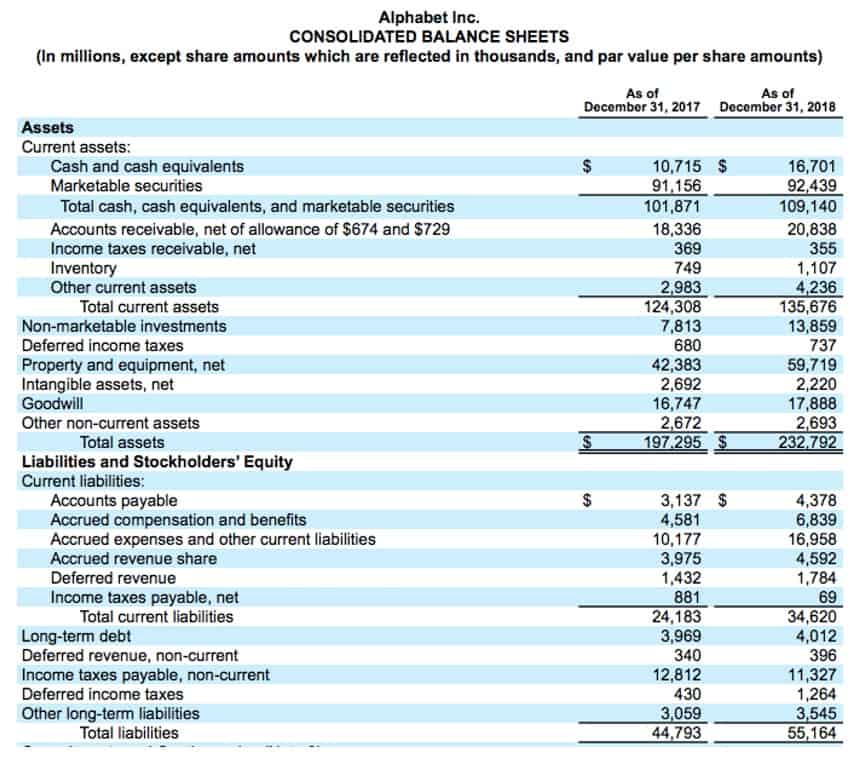
Nine states do away with collecting state income tax altogether. Missouri is implementing a slight change to the graduated rates for 2025. The top marginal income tax rate will decrease from 4.8% to 4.7%. Under Missouri Senate Bills 3 and 5, there will be .1% decreases for the next two years to reach a top rate of 4.5%.

The flat rate tax in North Carolina reduces from 4.5% to 4.25% in 2025. This is part of a phased reduction plan to ultimately bring the rate to 3.99%. While living in a no-income-tax state allows residents to keep more of their paycheck, it’s QuickBooks Accountant important to consider the trade-offs. Essential services like education and infrastructure may receive less funding, and other taxes or costs of living may be higher to compensate.

Employees with lower wages may feel the tax burden more acutely than higher earners. Understanding these dynamics can help HR teams better support staff with financial wellness planning and relocation decisions. Several states try to keep things simple by applying the same tax rate to recording transactions most income. This means, for example, that a couple who made $500,000 will be taxed at the same rate as a couple who made $75,000.
Louisiana also repealed its graduated income tax in favor of a flat rate. The new income tax rate starting with tax year 2025 is 3%. States with flat tax systems apply the same tax rate to all taxable income, regardless of how much a person earns. While this approach is simpler to administer and calculate, it doesn’t account for differences in income levels.


Taxpayers who take the standard deduction cannot also itemize their us state income tax rates deductions; it serves as an alternative. (set at $15,000 for single filers and $30,000 for joint filers in 2025) while suspending the personal exemption by reducing it to $0 through 2025. Most states use the federal tax code as the starting point for their own income taxes, but states vary in their approaches to bringing in the federal standard deduction and (currently suspended) personal exemption. Some states are conformed to out-of-date versions of the Internal Revenue Code (IRC), with California, which uses a 2015 (pre-TCJA) conformity date, as the most extreme case.